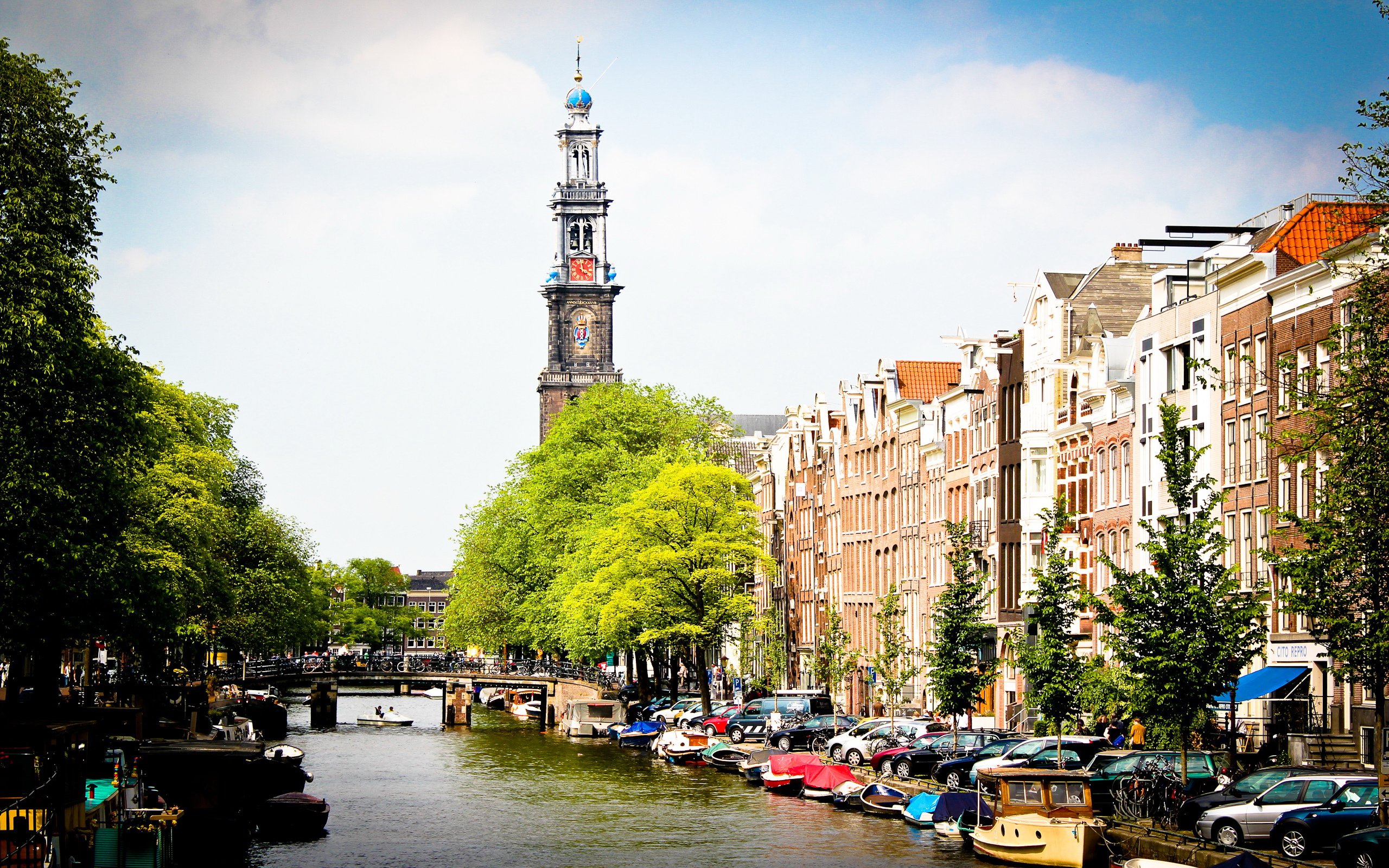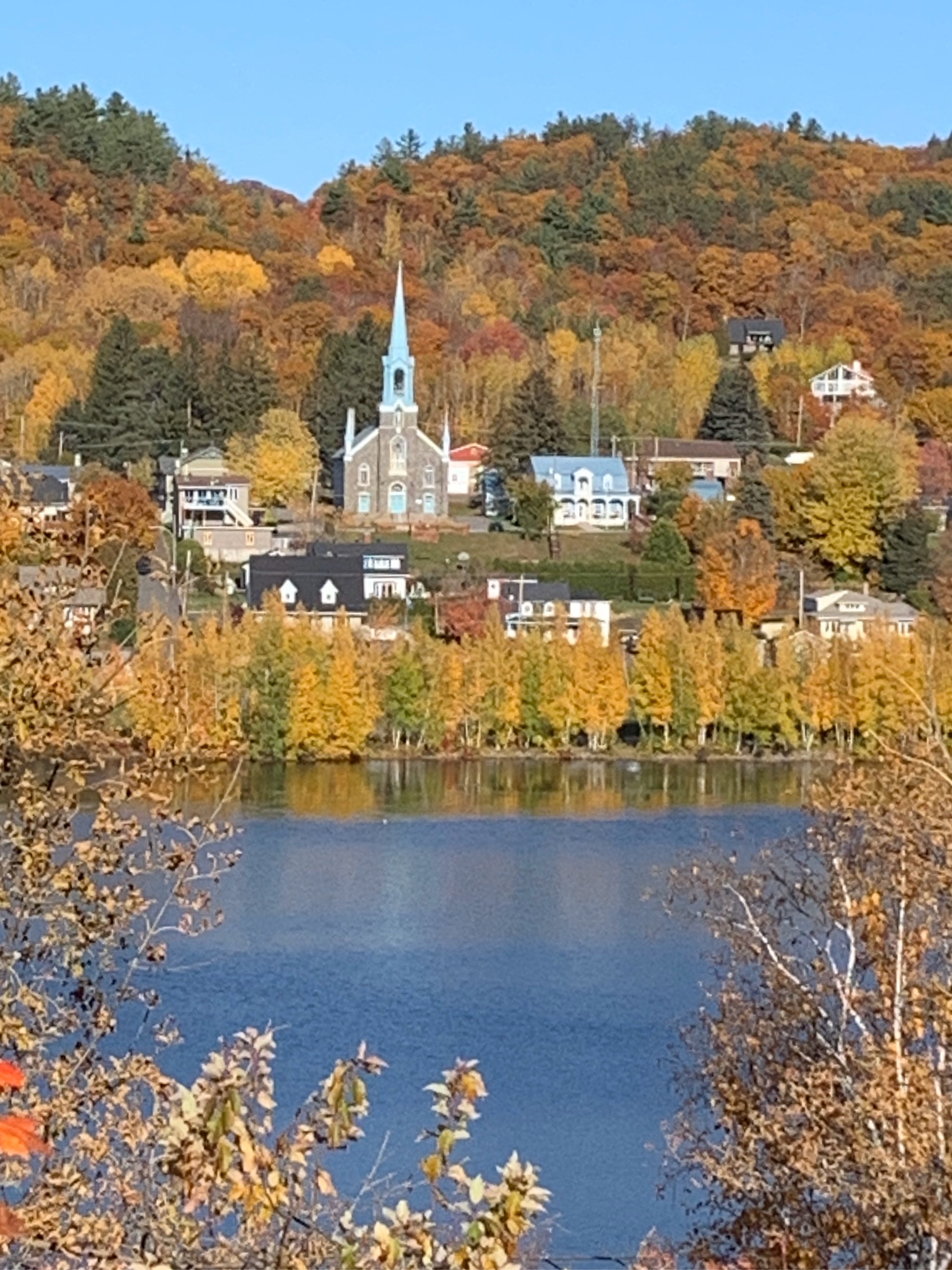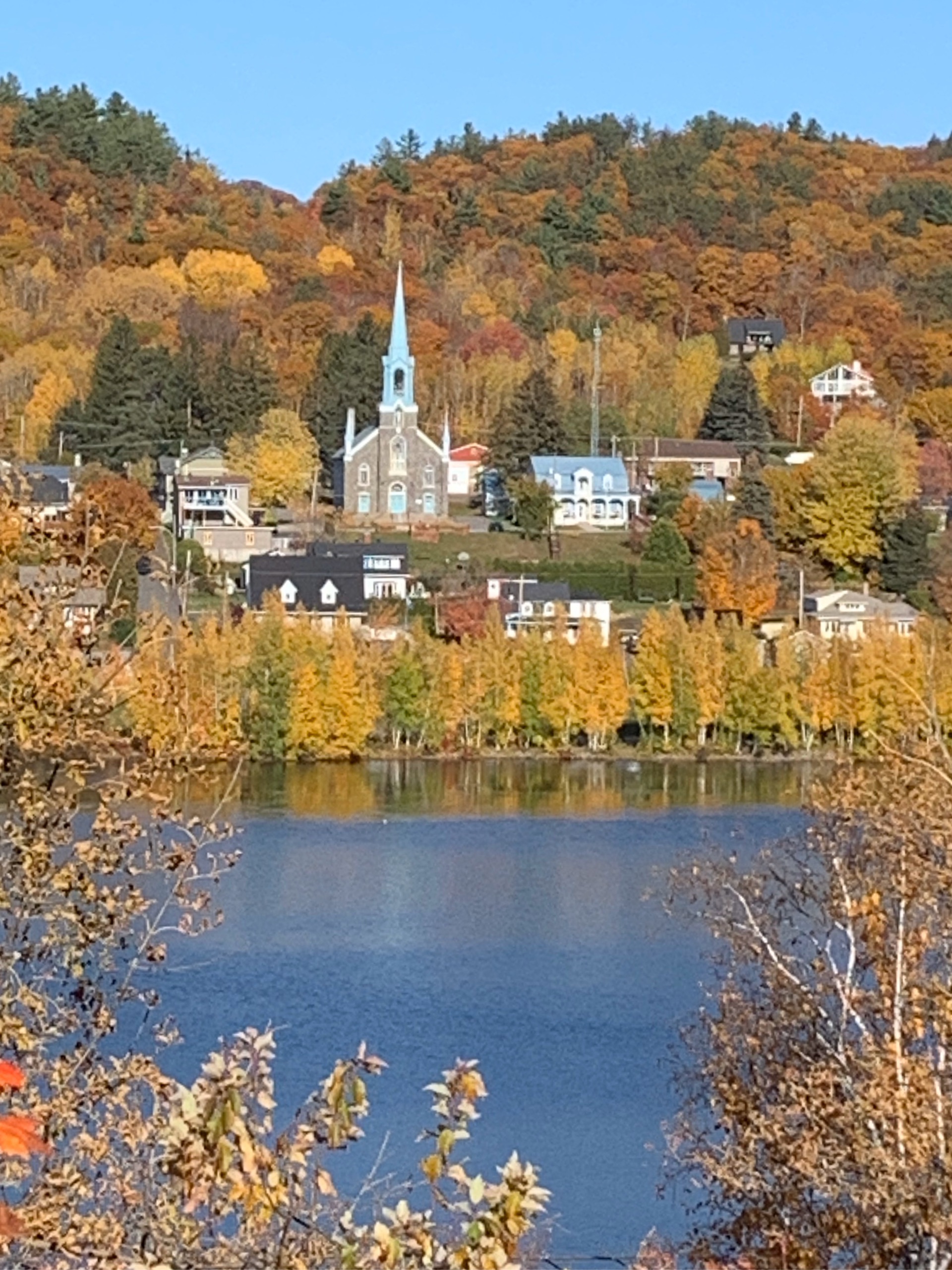您现在的位置是:首页 > Global Travel Information > Spain Travel > 正文
Spain Travel
Spain Travel Guide: Discover Sun, Culture, and Timeless Charm
SpainTravelGuide:DiscoverSun,Culture,andTimelessCharm
Spain Travel Guide: Discover Sun, Culture, and Timeless Charm
Spain, a country where passion meets history and landscapes range from sun-drenched coasts to snow-capped mountains, offers an unforgettable journey for every traveler. From the flamenco rhythms of Andalusia to the modernist architecture of Barcelona, and from the medieval castles of Castilla to the pristine beaches of the Balearic Islands, Spain’s diversity ensures there’s something to captivate every visitor. Below is a curated guide to Spain’s most iconic destinations, packed with insights, tips, and naturally integrated keywords to enhance your travel planning.
1. Barcelona: Gaudí’s Masterpieces and Coastal Vibes

Barcelona, Catalonia’s vibrant capital, is a city where art and beach culture collide. No visit is complete without exploring the works of Antoni Gaudí, whose whimsical architecture defines the skyline. Start with Sagrada Família, Gaudí’s unfinished basilica and UNESCO World Heritage Site, where towering spires and intricate facades tell stories of faith and nature. Book tickets in advance to skip long lines and climb the towers for panoramic views.
Wander through Park Güell, a public park filled with colorful mosaics, winding paths, and sweeping city vistas—perfect for picnics and photography. In the historic Barri Gòtic (Gothic Quarter), stroll along cobblestone streets to discover medieval landmarks like the Barcelona Cathedral and Roman ruins hidden beneath ancient walls.
For beach lovers, the Barceloneta neighborhood offers golden sands, seafood shacks serving paella and pulpo a la gallega (Galician octopus), and lively beach bars. Don’t miss the La Rambla, a bustling pedestrian street lined with street performers, flower stalls, and shops, leading from Plaça Catalunya to the waterfront.
Long-tail keywords: Sagrada Família skip-the-line tickets 2025, Park Güell sunrise photography spots, Barceloneta beach seafood restaurants.
2. Madrid: Art, Royalty, and Urban Energy
Madrid, Spain’s capital, is a cultural powerhouse brimming with world-class museums, royal palaces, and dynamic nightlife. Art enthusiasts will thrive in the Golden Triangle of Art, home to three iconic museums: the Prado Museum, housing masterpieces by Velázquez, Goya, and Bosch; the Reina Sofía Museum, showcasing modern works including Picasso’s Guernica; and the Thyssen-Bornemisza Museum, with a diverse collection spanning Renaissance to pop art.
Explore the opulent Royal Palace of Madrid, the official residence of the Spanish royal family, with its lavish rooms, armory, and sprawling gardens at Campo del Moro. For a taste of local life, visit Mercado de San Miguel, a historic iron market offering tapas, cheeses, and Iberian ham.
In the evening, head to Malasaña or Chueca, neighborhoods known for their trendy bars, indie boutiques, and vibrant street art. Catch a flamenco show at a traditional tablao to experience Spain’s most famous dance form up close.
Long-tail keywords: Madrid Golden Triangle of Art guided tours, Royal Palace of Madrid audio guide rental, Malasaña nightlife bar crawl.
3. Andalusia: Flamenco, Fiestas, and Moorish Heritage
Andalusia, in southern Spain, is a region of passion, color, and rich history. Start in Seville, where the Alcázar—a UNESCO-listed royal palace with stunning Moorish architecture—sits alongside the Gothic Seville Cathedral, the final resting place of Christopher Columbus. Wander through the Barrio Santa Cruz, a labyrinth of whitewashed streets, flower-filled patios, and hidden plazas.
No trip to Seville is complete without a flamenco performance at Tablao El Arenal or exploring the Plaza de España, a grand square featured in classic films. In spring, the city comes alive during the Feria de Sevilla, a week-long festival of horse parades, flamenco, and fireworks.
Travel to Granada to visit the Alhambra, a breathtaking Moorish fortress and palace complex with intricate tilework, lush gardens (Generalife), and panoramic views of the city. Hike the Sacromonte neighborhood to see cave houses and watch flamenco shows in intimate zambra venues.
In Córdoba, marvel at the Mezquita-Catedral, a unique structure that blends a medieval mosque with a Christian cathedral. The Jardines de la Victoria and flower-filled courtyards (patios)—especially vibrant during the Patio Festival in May—showcase Andalusian beauty at its finest.
Long-tail keywords: Alhambra Granada early morning tours, Seville Feria 2025 dates, Córdoba Mezquita-Catedral history guide.
4. Costa del Sol: Beaches, Golf, and Coastal Luxury
The Costa del Sol (“Sun Coast”) in Andalusia is synonymous with sun, sea, and relaxation. Marbella is the region’s glamour hotspot, with its upscale boutiques on Avenida del Mar, golden beaches, and exclusive beach clubs like Nikki Beach. Nearby, Puerto Banús offers luxury yachts, fine dining, and vibrant nightlife.
For family-friendly fun, visit Torremolinos, with its wide beaches and attractions like Aqualand Torremolinos. Explore the historic Mijas Pueblo, a whitewashed hilltop village with donkey rides, craft shops, and panoramic views of the coast.
Golf enthusiasts can tee off at world-class courses like Valderrama Golf Club, while nature lovers can hike the Sierra Nevada mountains, which offer skiing in winter and scenic trails in summer. End the day with a sunset dinner in Benalmádena, where the Benalmádena Marina glows with twinkling lights.
Long-tail keywords: Marbella luxury beach clubs reservations, Mijas Pueblo day trip from Costa del Sol, Sierra Nevada summer hiking trails.
5. Balearic Islands: Paradise in the Mediterranean
The Balearic Islands—Mallorca, Ibiza, Menorca, and Formentera—are a Mediterranean dream. Mallorca, the largest island, offers diverse landscapes: the Tramuntana Mountains for hiking and cycling, stunning beaches like Cala d’Or, and charming towns like Sóller, reachable by historic train. Explore the capital, Palma de Mallorca, with its Gothic cathedral and bustling Mercat de l’Olivar.
Ibiza is famous for its legendary nightlife, with superclubs like Pacha and Amnesia drawing partygoers from around the world. But beyond the clubs, Ibiza boasts serene coves like Cala Comte and bohemian villages like Es Vedrà, known for its mystical rock formation.
Menorca, a UNESCO Biosphere Reserve, offers unspoiled beaches, crystal-clear waters, and prehistoric stone monuments (talayots). Relax in Cala Galdana or explore the fortified capital, Mahon, home to Europe’s second-largest natural harbor.
Formentera, the smallest Balearic Island, is a haven for beach lovers, with pristine shores like Platja de Ses Illetes often ranked among the world’s best.
Long-tail keywords: Mallorca Tramuntana cycling routes, Ibiza beach clubs day passes, Menorca hidden coves boat tour.
6. Valencia: Paella, Architecture, and Future-Forward Design
Valencia, on Spain’s eastern coast, is a city where tradition meets innovation. It’s the birthplace of paella, so sample the authentic version—made with saffron, rice, and local seafood—at a restaurant near the Turia Gardens, a sprawling park built on a dried-up riverbed.
Explore the Ciutat Vella (Old Town), home to the Valencia Cathedral (housing the Holy Grail, according to legend) and the Mercado Central, a stunning Art Nouveau market filled with fresh produce.
Don’t miss the City of Arts and Sciences, a futuristic complex designed by Santiago Calatrava, featuring an opera house, science museum, aquarium, and IMAX theater. It’s a must-visit for architecture lovers and families.
Day trips from Valencia include the Albufera Natural Park, where you can take a boat tour through lagoons and rice fields, and the coastal town of Dénia, with its castle and beautiful beaches.
Long-tail keywords: Valencia authentic paella cooking class, City of Arts and Sciences photography tips, Albufera Natural Park boat tour.
7. Galicia: Coastal Beauty and Culinary Traditions
Galicia, in northwest Spain, is a region of rugged coastlines, misty mountains, and rich seafood. Start in Santiago de Compostela, the endpoint of the Camino de Santiago (Way of St. James), a historic pilgrimage route. The Santiago de Compostela Cathedral is a stunning Gothic masterpiece, and the city’s Mercado de Abastos offers local specialties like pulpo a la gallega and empanadas.
Explore the Rías Baixas coastal region, with charming fishing villages like Baiona and Combarro, known for its stone granaries (horreos). Sample crisp Albariño wine at vineyards near Pontevedra.
For nature lovers, the Cíes Islands—a national park with white-sand beaches and turquoise waters—are a must-visit. Accessible by ferry from Vigo, they offer hiking, swimming, and birdwatching.
Long-tail keywords: Camino de Santiago final stretch guide, Santiago de Compostela Cathedral mass times, Cíes Islands ferry tickets 2025.
8. Castilla y León: Medieval Castles and Wine Country
Castilla y León is a region steeped in history, with medieval castles, Roman ruins, and world-class wine. Visit Segovia, home to the Roman Aqueduct—a 2,000-year-old engineering marvel—and the fairy-tale Alcázar of Segovia, said to have inspired Disney’s Cinderella Castle.
In Valladolid, explore the Plaza Mayor and the National Sculpture Museum, while Burgos dazzles with its Gothic cathedral, a UNESCO site and the resting place of El Cid.
Wine enthusiasts should tour the Ribera del Duero region, famous for bold red wines. Visit wineries like Vega Sicilia and sample tapas in Peñafiel, where a medieval castle overlooks the vineyards.
Long-tail keywords: Segovia Roman Aqueduct sunset photos, Ribera del Duero wine tour with tastings, Alcázar of Segovia guided visits.
9. Canary Islands: Year-Round Sunshine and Volcanic Landscapes
The Canary Islands, off Africa’s west coast, offer year-round warm weather and diverse landscapes. Tenerife, the largest island, is home to Mount Teide, Spain’s highest peak and a UNESCO-listed volcano. Take a cable car to the summit for stunning views, or hike through lunar-like landscapes in Teide National Park.
Gran Canaria is known as a “continent in miniature,” with beaches, deserts (Maspalomas Dunes), and forests. Explore the capital, Las Palmas de Gran Canaria, with its historic Vegueta neighborhood and beautiful Playa de las Canteras.
Lanzarote, shaped by volcanic eruptions, features unique attractions like Timanfaya National Park, where you can see geysers and take camel rides through lava fields. The works of local artist César Manrique, including Jameos del Agua and Cueva de los Verdes, blend art with nature.
Long-tail keywords: Mount Teide cable car tickets, Lanzarote Timanfaya National Park guided tour, Maspalomas Dunes sunrise walk.
10. Bilbao and the Basque Country: Art, Food, and Culture
The Basque Country, in northern Spain, is a region of bold flavors, cutting-edge art, and rugged coasts. Bilbao is transformed by the Guggenheim Museum Bilbao, Frank Gehry’s iconic titanium-clad masterpiece housing contemporary art. Explore the Casco Viejo (Old Town) for pintxos (Basque tapas) at bars like Café Iruña.
Visit San Sebastián, a coastal gem famous for its La Concha Beach and world-class restaurants, including three-Michelin-starred Arzak. Hike Monte Igueldo for views of the bay, or explore the nearby Urdaibai Biosphere Reserve.
For history, head to Vitoria-Gasteiz, the Basque capital, with its medieval walls and the Plaza de la Virgen Blanca.
Long-tail keywords: Guggenheim Museum Bilbao exhibition schedule, San Sebastián pintxos tour evening, La Concha Beach water sports rentals.
Conclusion: Spain’s Timeless Allure
Spain’s magic lies in its ability to surprise and delight, whether you’re marveling at Gaudí’s architecture, dancing to flamenco rhythms, or savoring a plate of paella by the sea. From the snow-capped peaks of the Pyrenees to the sun-soaked beaches of the Mediterranean, every region offers a unique slice of Spanish culture and natural beauty.
By using the keywords and tips in this guide, you’ll be well-equipped to plan a journey that balances iconic landmarks with hidden gems. Whether you’re a history buff, a foodie, an adventure seeker, or a beach lover, Spain promises experiences that will linger in your memory long after your trip ends.
Final tips:
Transport: Use Spain’s high-speed AVE trains to travel between major cities quickly. Rent a car to explore rural areas and coastal roads.
Seasonal highlights: Visit Andalusia in spring for festivals, the Balearics in summer for beaches, and Galicia in autumn for seafood and fall foliage.
Cultural etiquette: Learn basic Spanish phrases to connect with locals, and remember that many shops close for siesta (afternoon break) in smaller towns.
Spain awaits, ready to share its passion, history, and endless charm.
相关文章
发表评论
评论列表
- 这篇文章还没有收到评论,赶紧来抢沙发吧~


